If you’re in the market for a relatively new and exciting hop variety, you should give El Dorado Hops a try. El Dorado is new compared to most other hop varieties as it was only released in 2010 after two years of testing and development. El Dorado is famous for its high alpha content that adds bitterness and bite to its otherwise tropical fruitiness. In addition to high yields, these unique characteristics make El Dorado, the perfect candidate for commercial production.
Let’s take a deeper dive into where El Dorado hops came from, how they’re used, and what to expect from them.
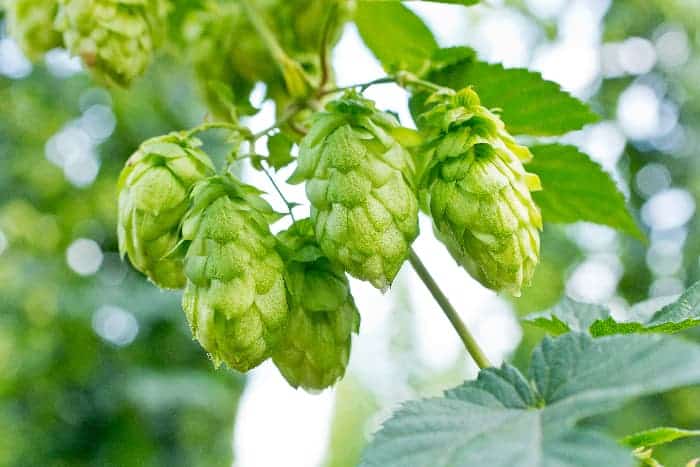
History and Origin of El Dorado Hops
El Dorado was created in 2008 by CLS Farms in the Moxee Valley of Washington. It was released just two years later, in 2010, which has raised serious questions about when El Dorado was actually created. Most hop varieties experience a period of 10 to 15 years from creation to release to perfect it. Seeing just two years elapse between El Dorado’s creation to official release makes it suspect, to say the least.
Regardless of when it was actually created, El Dorado has become one of the top hops in the United States. It’s grown by 23 official growers and sold by 18 licensed distributors, in addition to the countless homebrewers that grow and use El Dorado privately.
General Characteristics
- Origin — CLS Farms
- Growth Rate — Vigorous
- Yield — 2300 – 2500 lbs/acres
- Maturity — Early to Mid Season
- Susceptible to — Powdery mildew
- Resistant to — Most other diseases
- Ease of Harvest — Easy to Moderate
- Storage — Good; Retains 60% to 70% alpha acid after six months storage at 68°F.
Flavor & Aroma Profile
El Dorado is a dual-purpose hop that’s used for bittering and aroma. It’s often referred to as the tropical hop because of its bold and fruity tropical flavor and aroma. It has notes of peach, pineapple, lemon, apricots, citrus, cherry, pear, and watermelon. That’s a ton of flavor, especially when combined with its crisp bitterness.
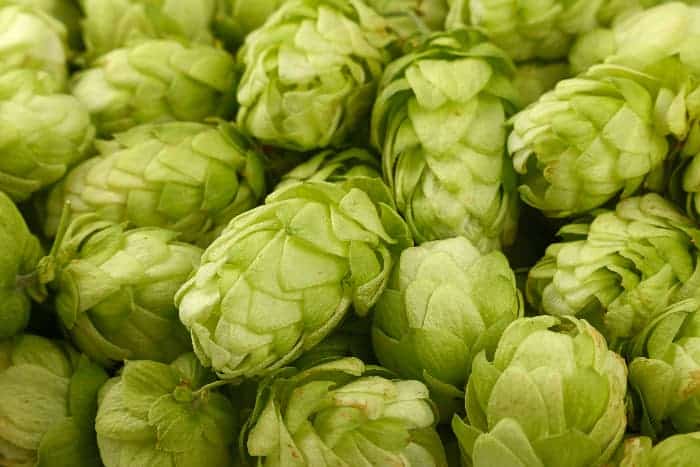
Brewing Values of El Dorado Hops
Here are the brewing values for El Dorado hops. Keep in mind that every year produces different quantities and qualities of El Dorado, so these numbers are based on what is usually produced.
- Alpha Acid – 13-17%
Alpha acids are the primary source of bitterness for beer, and the longer you boil El Dorado hops, the more bitter it will be.
- Beta Acid – 7-8%
Beta acid might have acid in the name, but it doesn’t contribute to a beer’s bitterness, unlike Alpha. Betas’ purpose is to contribute flavor and aroma profile to a beer.
- Co-humulone as % of Alpha – 28-33%
The lower the cohumulone % is, the less bitter your beer will be. High levels will result in a more bitter taste.
- Total Oils 2.5-3.3 mL
Oils will also add flavor and aroma to the final product. Here are the different oils used with El Dorado hops.
- Myrcene – 55-60%
- Humulene – 10-15%
- Caryophyllene – 6-8%
- Farnesene – 0-1%
- All Other Oils – 15-30%
Beer Styles That Use El Dorado Hops
- Blondes
- Lagers
- American Pales, IPA / DIPA
- Cream Ale & California Common
- Red & Amber Ales
- American Wheat
- American Wild Ales

Beers That You Can Buy That Use El Dorado Hops
- IPX Organic El Dorado from Hopworks Urban Brewery
- Hoppy Sour: El Dorado from Almanac Brewing Company
- Black Pale Ale from Bronx Brewery
- India Red Ale from Ninkasi Brewing
- El Dorado Pale Ale from Wynwood Brewing Company
Sierra Nevada Brewing Company also uses El Dorado to create their Hazy Little Thing IPA and Tropical Torpedo.
Common Substitutions For El Dorado Hops
El Dorado is readily available for purchase at most pellet distributors. Here are a few hops you can substitute in its place.
- Galena
- Simcoe
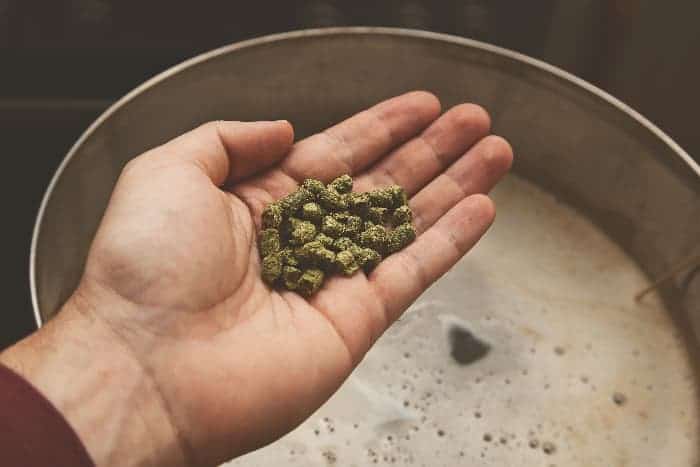
How to Grow Your Own El Dorado Hops
Have we got you curious and thirsty enough to try to grow your own El Dorado hops yet? If so, here is some crucial information that you’ll need.
Water
Like all hops, El Dorado needs plenty of water, especially in the first two years of growth. Water El Dorado regularly so that the soil remains moist but not flooded. You should be able to stick your finger two inches into the ground at all times and feel moisture.
Light
El Dorado requires 6 to 8 hours of sunlight per day. Full sun is ideal unless you live in warmer climates with high temperatures. Where the temperature is consistently in the 80s and 90s, your plant will need a mixture of sun and shade.
Soil
Sandy, well-drained loam soil with a pH level between 6.0 and 7.0 is best for growing El Dorado hops. You’ll want to plant your rhizome at least four inches deep in the ground and allow enough space for your plant’s roots to spread. Planting each El Dorado hop plant 3 to 5 feet apart should be sufficient.
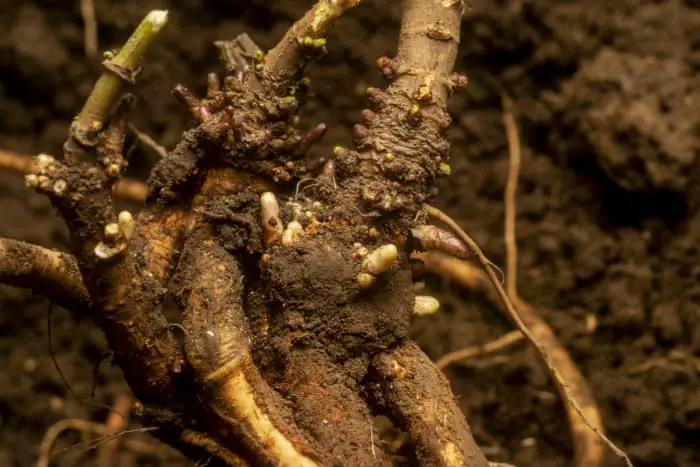
Zones
Hops plants are hardy and can thrive in hardiness zones 3 through 8. It’s best to plant El Dorado hops between February and April because they can withstand cold temperatures for the most part. However, you want to avoid planting them until after the last frost of the year.
Pruning
Keep your hop plants trimmed to maintain good growth and reduce pests and diseases. Trimming is also key to keeping hop plants growing vertically instead of horizontally. If needed, use a pole or post to help train your plants to grow in a vertical direction. At times, you may need to also introduce a fungicide or herbicide into the hop growth process to keep mildew and pests at bay.
Outdoor
El Dorado will grow to a height of 20-25 feet tall, so you’ll want to plant them outdoors. You should also provide a trellace or support system to aid them as they grow tall.
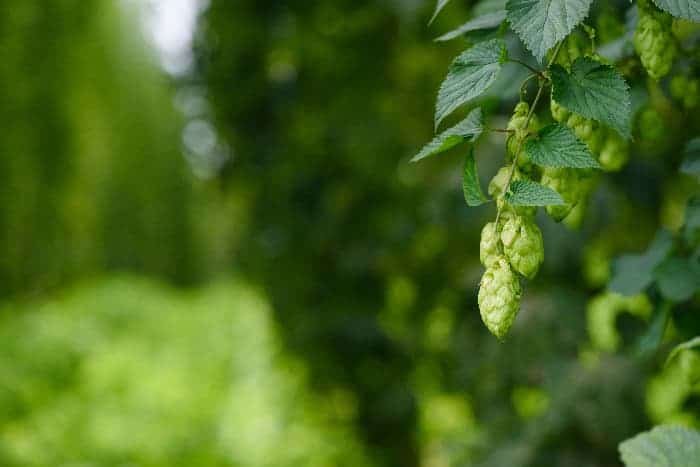
Where To Purchase El Dorado Hops
If you’re feeling inspired now to try your own homebrew using El Dorado hops, you can purchase your pellets here.
Final Thoughts About El Dorado Hops
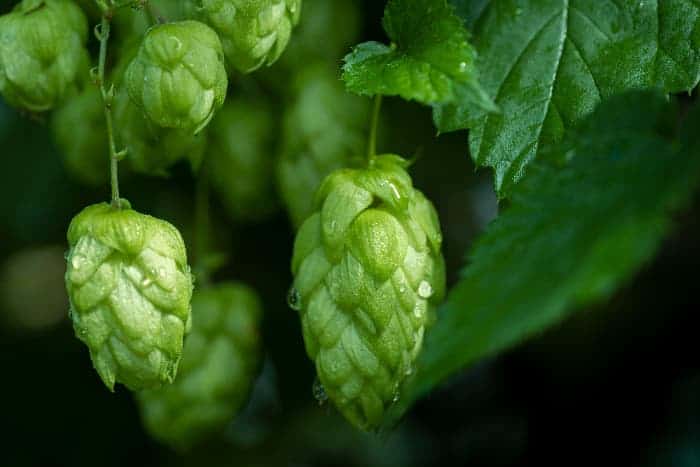
El Dorado certainly lives up to its name in more than one way. It’s origin and creation is surrounded with mystery, much like the lost city of gold. El Dorado is also somewhat of a hidden gem when it comes to hops. Because of how new it is, there is still much that’s unknown about El Dorado. One thing we’re certain of, however, is that El Dorado is quickly becoming a top hop in the beer industry!
Have you used the enigmatic El Dorado hops in any of your home brews? If so, we’d love to hear about your experiences and the results in the comments section below! To read other hops profiles, click here for our hops blog posts.
- About the Author
- Latest Posts
Jalin Coblentz was born and raised in northeast Ohio in the heart of farming country and grew up working in the family garden growing corn, tomatoes, potatoes, and a wide range of vegetables.
Canning and preservation were also a way of life for Jalin growing up, and he spent countless hours helping his mother, grandmother, and aunts with these duties. It’s now his passion to share his skills and knowledge with others to help them achieve their own growing goals.

